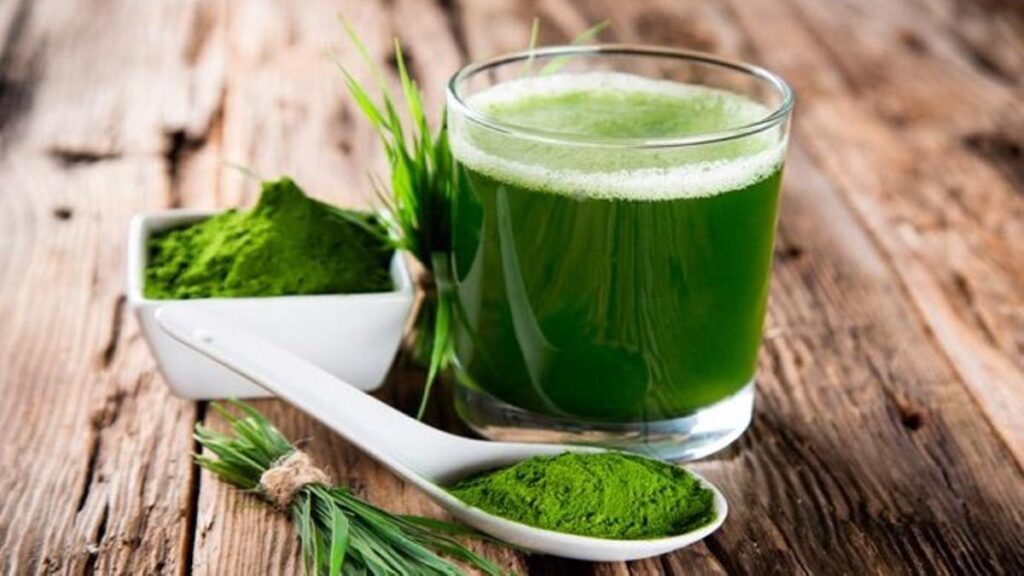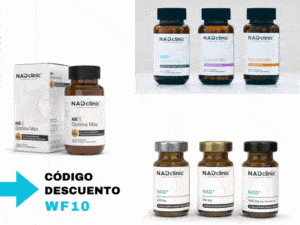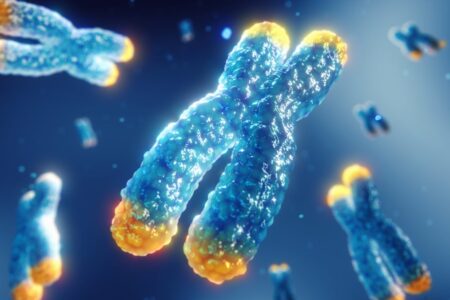The microalgae are among the smallest organisms on Earth, but their impact and potential are gigantic. These tiny creatures, invisible to the naked eye, can help decontaminate the environment, capture carbon dioxide (CO2) and contribute significantly to the fight against climate change. They are also emerging as a sustainable solution in a number of fields, such as biofuel production and the improvement of food and cosmetics.
There are more than 50,000 known species of microalgae, distributed in seas, freshwaters and even sewage. They are single-celled organisms that appeared on Earth more than a billion years ago, and although their size is measured in microns, their function is essential in many ecosystems, acting as the basis of numerous food chains. Today, their role is not only in nature, but they are being studied as a key tool in a variety of industries, from renewable energy to food.
The use of microalgae as a tool to curb climate change is due to their ability to absorb large amounts of CO2 through photosynthesis. In fact, it is estimated that they are responsible for around 50% of global photosynthesis, making them a valuable natural resource in the battle against greenhouse gas emissions. Milagros Rico SantosD. in Chemical Sciences and lecturer at the University of Las Palmas de Gran CanariaThe report highlights the potential of microalgae to "photosynthetically capture around 100 gigatonnes of CO2 per year". Moreover, by converting this carbon dioxide into biomass, microalgae can be harnessed to produce biofuels, a renewable resource with a low environmental impact.

Another fascinating aspect of microalgae is their ability to purify wastewater. Rico points out that these organisms can remove pollutants present in effluents from industries and urban areas, acting as bioremediation agents. This is especially relevant in a context where water resources are becoming increasingly scarce due to global population growth and the effects of climate change.
But microalgae are not only gaining ground in the environmental arena; they are also emerging as a promising source of protein and other essential nutrients. With an ever-expanding global population, traditional food production such as livestock or fisheries faces limitations, and this is where microalgae present an attractive alternative. They are rich in high-quality protein, essential amino acids, omega-3 fatty acids, and vitamins D, K and B12, making them a complete and sustainable source of nutrients.
However, the acceptance of microalgae as a human food is not without its challenges. Although research such as the ProFuture project, part of the EU's Horizon 2020 programme, has demonstrated their ability to enrich food products such as breads or creams, consumer perception remains a barrier to overcome. The European Food Information Council (EUFIC) points out that the inclusion of a small percentage of microalgae in products can alter their texture, colour and taste, affecting public acceptance. Even so, those more aware of the health benefits appear to be more willing to incorporating microalgae into their diet.
Currently, several projects around the world (from those developed by the Spanish Algae Bank to ProFuture, at European level, and others from private initiatives) are working to study the possibilities to include microalgae in different sectors and products.
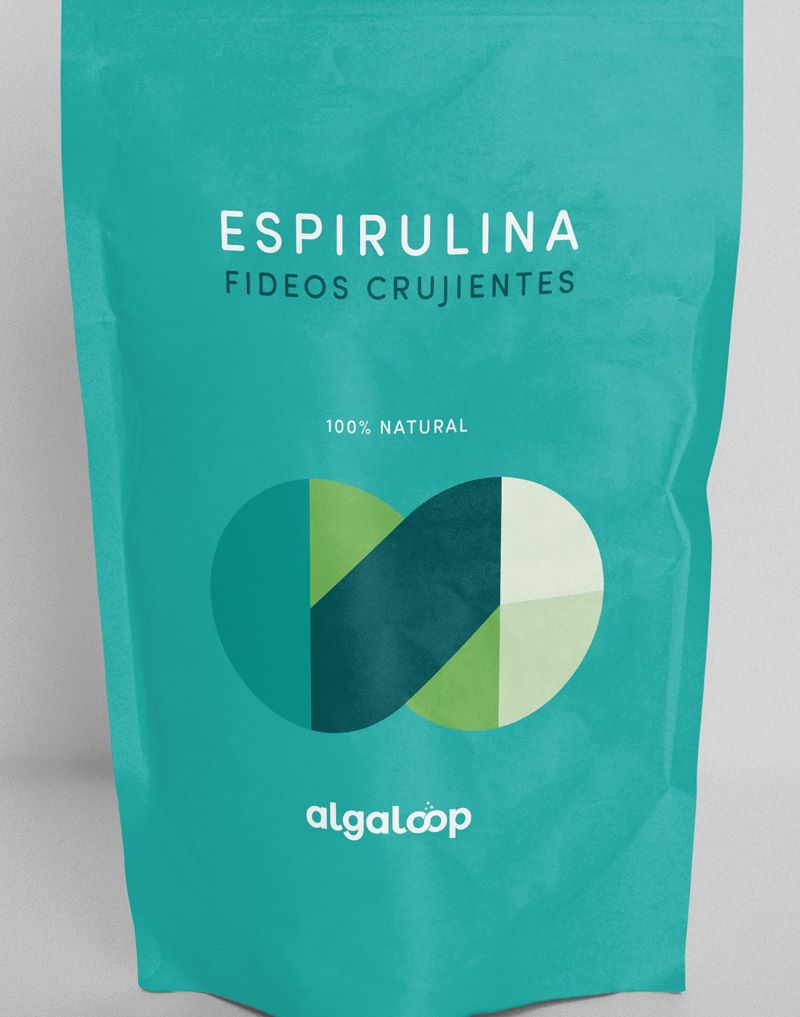
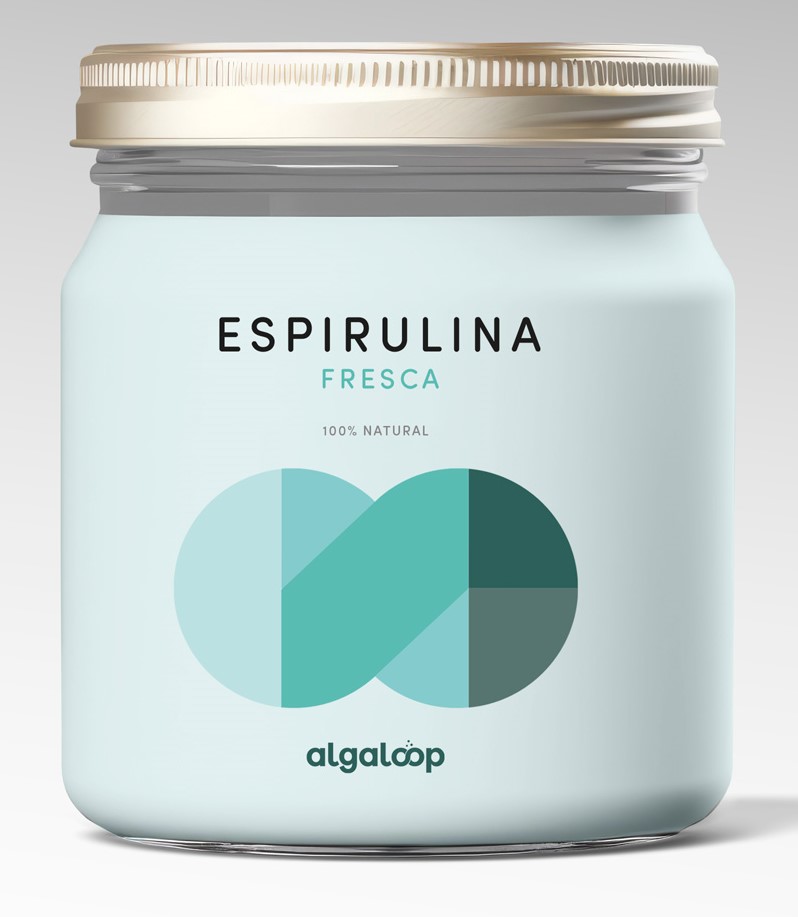
In addition to their applications in food and bioremediation, microalgae are playing an increasingly important role in the cosmetics industry. Thanks to their high content of vitamins, antioxidants and minerals, microalgae are used to improve skin texture and hydration, fight inflammation and protect against the damaging effects of UV rays. They are found in products such as face masks, shampoos and moisturisers, demonstrating their versatility and potential in this sector.
Finally, the use of microalgae in the production of biofuels and bioplastics is attracting increasing interest. These organisms make it possible to obtain energy products in a more sustainable way, without relying on fossil fuels. This makes them a key element in the transition towards cleaner energy and the reduction of dependence on conventional fuels.
In conclusion, microalgae, although small, are a resource with immense potential. Their ability to decontaminate, capture CO2, improve food and cosmetics, and provide sustainable solutions in various industries makes them a key resource for the future. With technological advances and changes in social perception, they could play a central role in creating a greener and healthier world.

